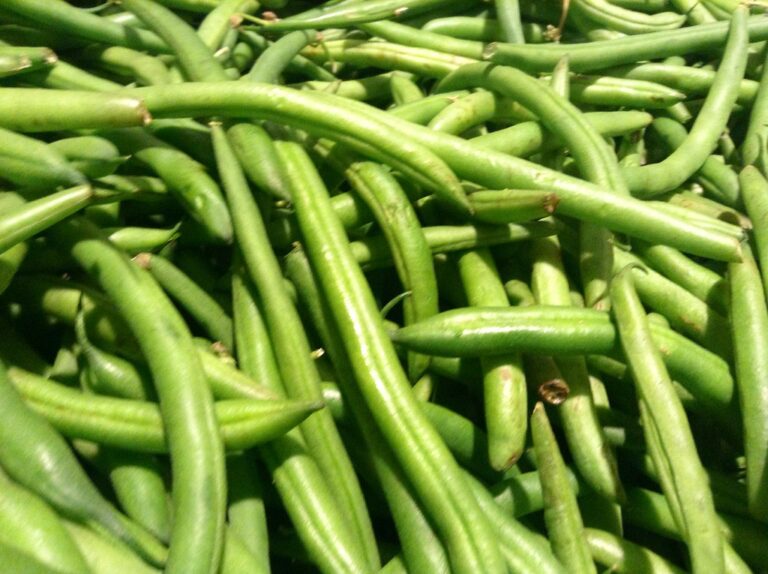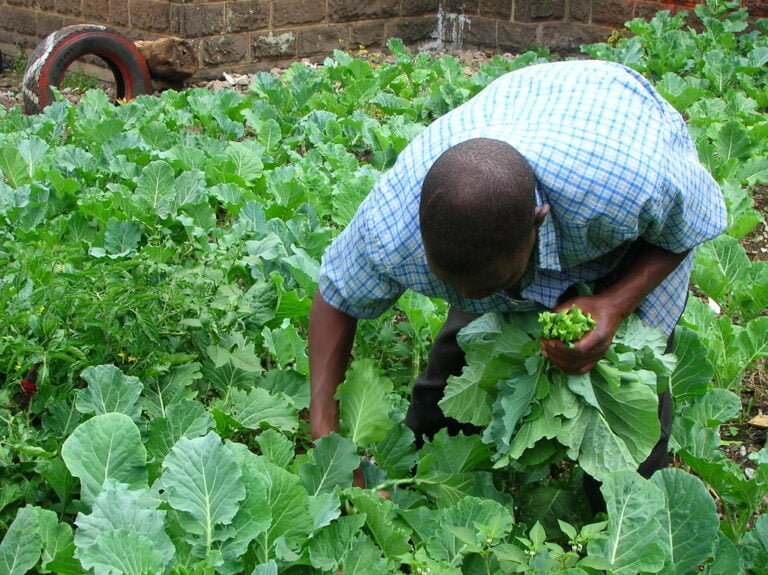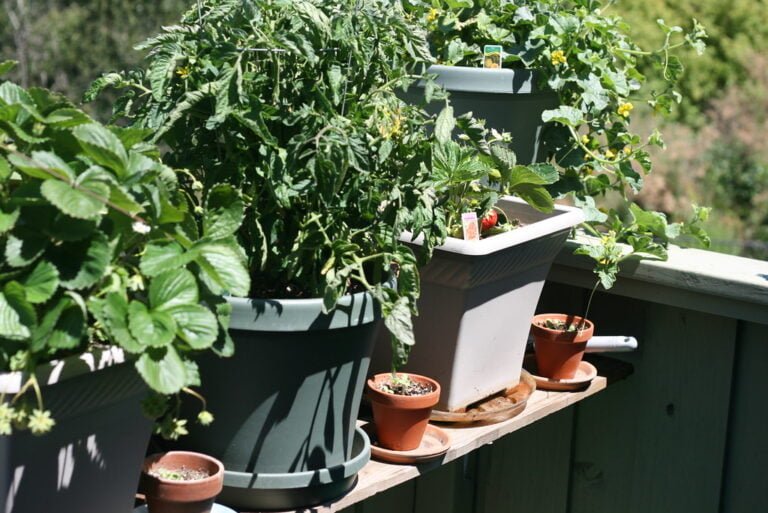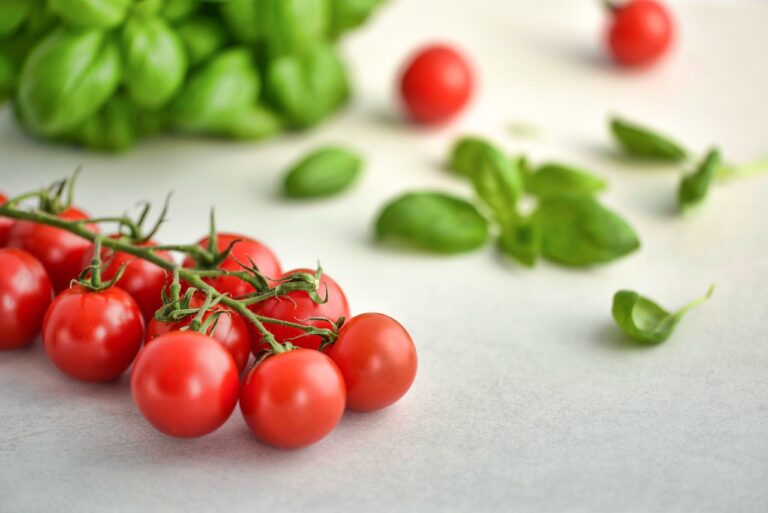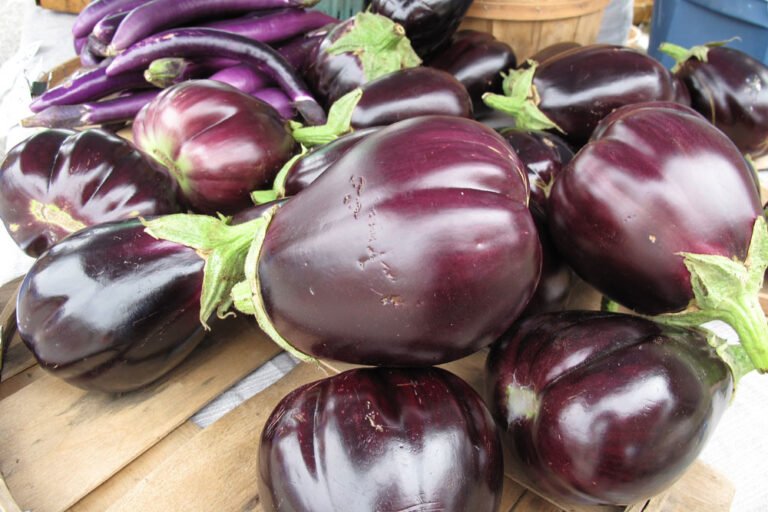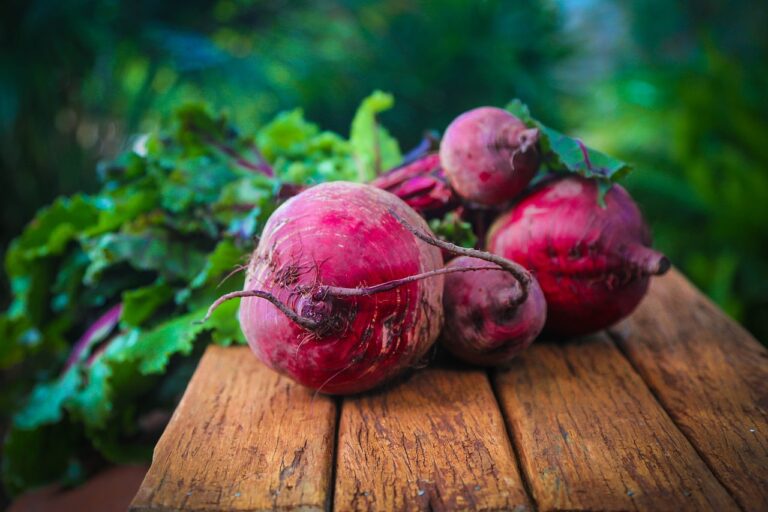How to Grow Watermelons in a Pot: A Comprehensive Guide
Having successfully grown compact varieties like Bush Sugar Baby and Sugar Pot in large containers, I’ve mastered cultivating watermelons in pots. Choose disease-resistant varieties suited for small spaces. Opt for an 18-inch deep by 24-inch diameter pot for healthy root development. Use quality potting soil with compost for nutrients and guarantee proper drainage. Water deeply, avoid waterlogging, and use a drip system. Support vines with trellises and feed regularly for fruit development. Mastering these steps can help you grow juicy watermelons in pots successfully.
Choosing the Right Watermelon Variety
When selecting the perfect watermelon variety for container gardening, it is vital to prioritize compact and disease-resistant options like Bush Sugar Baby and Sugar Pot. These varieties are perfect for small spaces and container gardening due to their manageable size and ability to thrive in confined environments. Bush Sugar Baby, a condensed watermelon variety, produces sweet, red-fleshed fruit on vines that don’t sprawl excessively, making it ideal for containers. Likewise, Sugar Pot is another outstanding choice known for its compact growth habit, making it well-suited for confined spaces.
Choosing disease-resistant watermelon varieties like Bush Sugar Baby and Sugar Pot is essential to prevent common plant issues that can arise, especially in container gardening setups where plants may be more susceptible to stress. These varieties have built-in resistance to certain diseases, providing a better chance for successful cultivation. Additionally, both Bush Sugar Baby and Sugar Pot are heat-tolerant and humidity-tolerant, important qualities for container gardening where temperature and moisture levels can fluctuate more than in traditional garden beds.
For expert advice tailored to your specific region and climate, consulting local gardening experts is highly recommended. They can offer valuable insights on the best watermelon varieties suited for container planting in your area, helping you achieve a successful harvest.
Ideal Pot Size for Watermelon Growth
In container gardening for watermelons, selecting an ideal pot size is essential for promoting healthy root development and supporting the plant’s growth and fruit production. To guarantee the best growth of watermelons in containers, it is recommended to choose a pot that is at least 18 inches deep and has a diameter of 24 inches. Providing adequate space for the watermelon plant’s roots to spread out is vital for its overall health and productivity. Opting for a larger pot size, such as 7-10 gallons, can help accommodate the watermelon plant’s growth and fruit production, enabling it to thrive within the container environment.
Deep pots with dimensions ranging from 18-24 inches across and 20-24 inches deep are ideal for promoting healthy root development in watermelons. These dimensions allow the roots to establish and grow effectively, enabling the plant to access essential nutrients and moisture for best growth. Selecting the right pot size is critical for ensuring proper drainage and support for the growing watermelon plant in containers. By providing the necessary space and support through well-chosen containers, you can create an environment where watermelons can flourish and produce delicious fruits.
Optimal Soil Mix for Container Watermelons
For successful growth of watermelons in containers, it is necessary to utilize a soil mix that combines high-quality potting soil with compost to ensure ideal water retention, drainage, and nutrient supply. When preparing the best soil mix for your container watermelons, consider the following:
- Quality Potting Soil: Start with a high-quality potting mix specifically designed for fruiting plants. This foundation provides the necessary structure and support for your watermelon plants to thrive.
- Incorporate Compost: Improve the potting mix by including organic matter such as compost or manure. This addition boosts the soil quality, enriching it with essential nutrients necessary for the healthy growth of your watermelons.
- Ensure Good Drainage: Opt for a well-draining soil mix to prevent waterlogging, which can be harmful to container watermelons. Proper drainage is vital to avoid issues like root rot and other plant diseases.
Watering Techniques for Potted Watermelons
To maintain peak growth and health of potted watermelons, it is vital to implement precise and attentive watering techniques. Watering potted watermelons deeply is important, ensuring the soil is moist but not waterlogged. I suggest using a drip irrigation system or a watering can to deliver water directly to the soil, promoting efficient absorption by the roots.
It’s best to water your watermelon plants in the morning to avoid evaporation losses and reduce the risk of fungal diseases that thrive in damp conditions. Monitoring soil moisture levels regularly, especially during hot weather, is key to maintaining ideal growing conditions. By adjusting your watering frequency based on factors like plant size, weather conditions, and pot size, you can prevent issues such as root rot, which can be detrimental to your watermelon in pots.
Remember that prevention is always better than trying to cure problems after they arise. By staying vigilant and proactive in monitoring and adjusting soil moisture levels, you can keep your potted watermelons healthy and thriving throughout the growing season.
Supporting Vines and Fruit Development
Support watermelon vine growth and fruit development by utilizing a sturdy trellis or teepee for structural support. This helps in keeping the vines off the ground, preventing diseases, and supporting the developing fruits. Here are some essential tips for supporting vines and fruit development:
- Hand Pollinate: If natural pollinators are scarce, gently transfer pollen from male to female flowers using a small brush or cotton swab. This guarantees successful fruit development and higher yields.
- Hammocks for Fruits: Create hammocks using slings or nets to cradle the growing watermelon fruits. This prevents stress on the vine and helps support the weight of the developing fruit, reducing the risk of breakage.
- Fertilization: Watermelon plants require regular feeding to support healthy vine and fruit development. Consider using water-based fertilizers for quick nutrient absorption or slow-release fertilizers for a steady supply of nutrients over time. Weekly or monthly fertilization can help make sure your watermelon plants have the necessary nutrients for top growth and fruit production.

